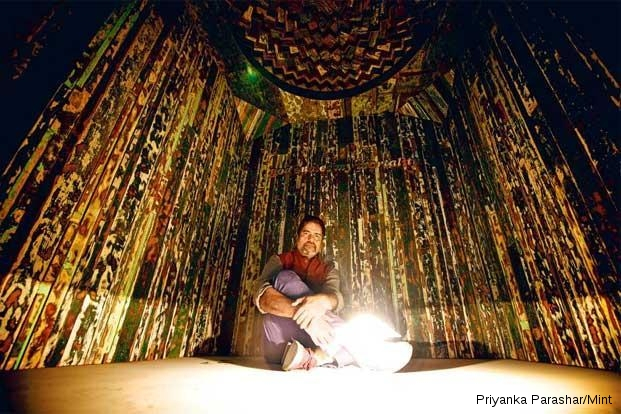In his new solo, Sudarshan Shetty breathes new life into found objects that appear broken, unused or ruined
Shetty’s show is titled Every Broken Moment, Piece by Piece. Titles matter to him more perhaps than to most artists. His most recent ones have a peculiar beauty, the arresting ring of poetry. Take his 2010 show at the Tilton Gallery in Manhattan, The More I Die the Lighter I Get; or the title of his show the following year at the Galerie Daniel Templon in Paris, Between the Teacup And a Sinking Constellation; and his show in Vienna the year after that called The Pieces Earth Took Away. I mention these three titles because Every Broken Moment... is a variation on the preoccupations expressed in those other shows, in those other titles, a preoccupation with decay and renewal.
The work on display at Galleryske is quieter than some of Shetty’s previous work. It isn’t as much of a spectacle as, say, the mechanical dinosaur humping a car in Love from 2006, maybe even lacks some of the wit, but it has a kind of mystery, a bathos. Art critic Ranjit Hoskote, who says in an email that he has known Shetty since the early 1990s, writes of his friend’s “formal and conceptual ability to counterbalance the aura of the monumental with the plangency of the intimate, the promise of stability with the risk of precariousness”.
...
Gayatri Sinha, the critic and curator, says in an email that Shetty is “probably the only contemporary artist who draws on the philosophic conflation of life and death, the banal and the awe inspiring, the quotidian and the theatrical.” His “great achievement”, Sinha adds, “is that his work looks beyond his own time and place, into the deeper, universal condition.” She writes too of the viewer being amused, being titillated, even shocked, but ultimately “also led to question, to stop still with doubt or understanding”.
